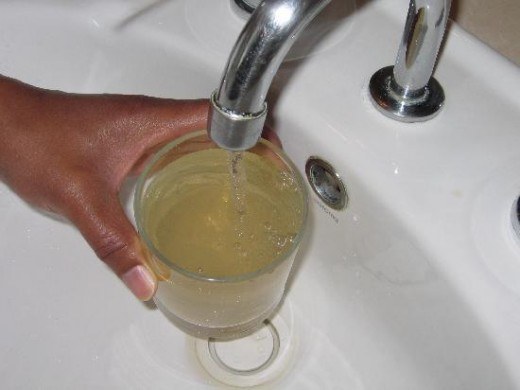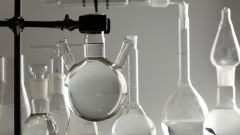You will need
- - potassium permanganate;
- - a set of aquarists;
- - ammonia;
- - sulfosalicylic acid solution.
Instruction
1
Water, which is a large admixture of iron compounds, has a characteristic chalybeate taste. If left in a glass container for a few days, at the bottom and walls formed a yellowish-brown film.
2
Add to the water a weak (light pink) solution of potassium permanganate KMnO4. If it contains significant amounts of soluble iron compounds, light pink color of the potassium permanganate solution will either disappear altogether, or will change to yellowish-brown. The more iron in the water, the darker the color. Of course, this is a very imprecise, rough methods for determination of iron. They can be used only to answer the question: is there any connection of this element in water.
3
Can buy in pet stores so-called set of aquarist domestic or imported, is specially designed to determine the iron content in the water. Instructions for use are applied to each set. Following it, you calculate the iron concentration. Of course, these data will be very approximate.
4
If you need high precision, can use qualitative reactions with sulfosalicylic acid. It is based on the fact that ions of bivalent and trivalent iron in alkaline medium react with sulfosalicylic acid, forming a complex compound with stable yellow color. Using photometric methods of analysis, judging by the intensity of this yellow colour, which determines the total iron concentration.
5
The analysis: take a sample of the investigated water (25 ml), add 1 ml of 10% ammonia and 1 ml of 20% sulfosalicylic acid solution. Stir, wait 15 minutes. Then carry out the photometric analysis with a filter designed for a wavelength in the range of 400-430 nm. As standards of comparison it is recommended to use aqueous solutions gentoomaniac alum.


